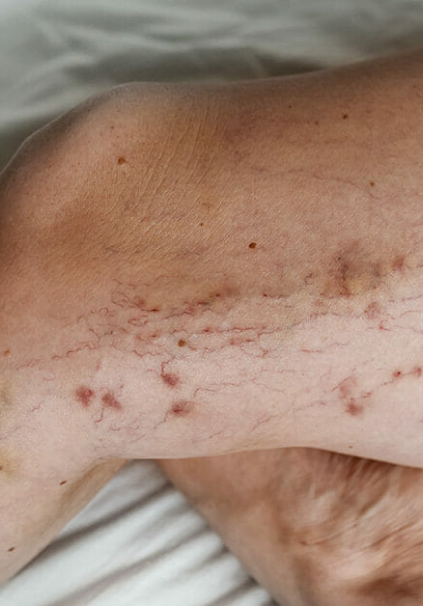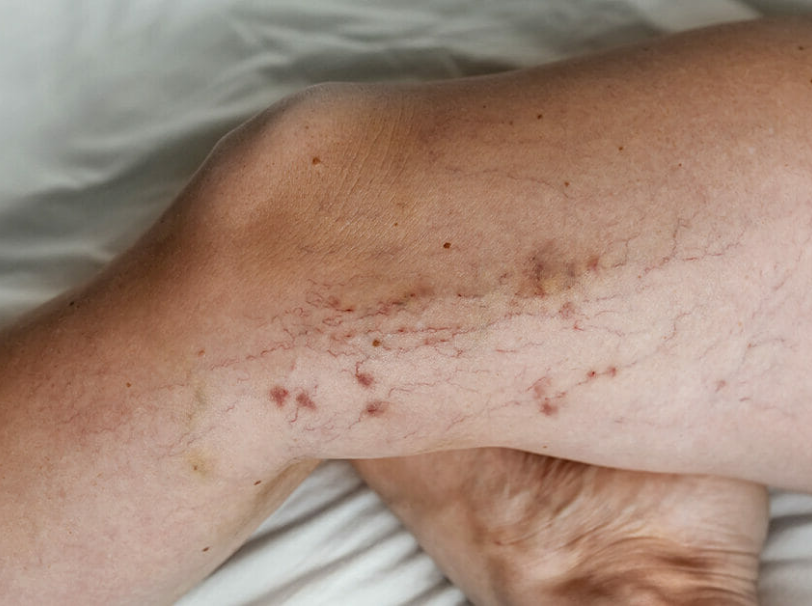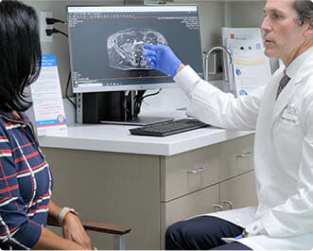Men’s Health Treatments
Benign Prostatic Hyperplasia (BPH) Treatment for Enlarged Prostate
Minimally Invasive Varicoceles Treatment
While most men with varicoceles won’t face fertility problems, the condition can cause pain, testicular atrophy, or infertility. Varicoceles treatment offered at Pedes Orange County, called percutaneous embolization or varicocele embolization, can help by sealing off affected veins and improving the sperm quality and count.
Varicocele embolization offers significant benefits over surgical ligation, primarily due to its minimally invasive nature. Embolization requires only a small catheter insertion, reducing the risk of infection and allowing for a quicker recovery compared to traditional surgery. Moreover, patients typically experience less post-procedural pain and can return to normal activities sooner. Catheter-directed varicocele embolization has been proven to be as effective as surgical ligation and increases sperm concentration.
Men’s Health Treatments Near Me in Irvine, CA
It’s time to take charge of your health. Contact the physicians at Pedes Orange County in Irvine, CA, at (949) 387-4724 to schedule your appointment and take the first steps toward better health today. You may also contact us online at your convenience to get your questions answered by our dedicated team members. We look forward to helping you feel healthier than ever before.
Contact Pedes Orange County Today for Minimally Invasive Procedures


Thrombectomy
Thrombolytic Therapy or Thrombolysis
Our Pedes Orange County Physicians
The physicians at Pedes Orange County devote their lives to saving limbs and minimizing pain. Our conveniently located, state-of-the-art facility is designed for your comfort and utilizes cutting-edge technology to provide minimally invasive treatments. Our vascular specialists are board-certified and some of the best in Southern California. Personable staff members make every visit a positive experience, with short wait times and an efficient, streamlined process that ensures you leave feeling educated and confident that you are in good hands.

J. Joseph Hewett, M.D.
Vascular Specialist

Neil K. Goldstein, M.D.
Vascular Specialist

Derrick Tran, MD
Vascular Specialist

Mohammad Jaber, M.D.
Vascular Specialist
Why Pedes Orange County
What to Expect from Your Visit to Pedes

Ultrasound

Consult
Once we review the results of your diagnostic tests, our physicians will collaborate with you to develop a personalized treatment plan, ensuring the best course of treatment for your specific condition.

Treatment

Follow up

Vascular Disease
Pre-register for your visit to Pedes Orange County by downloading our patient forms.






